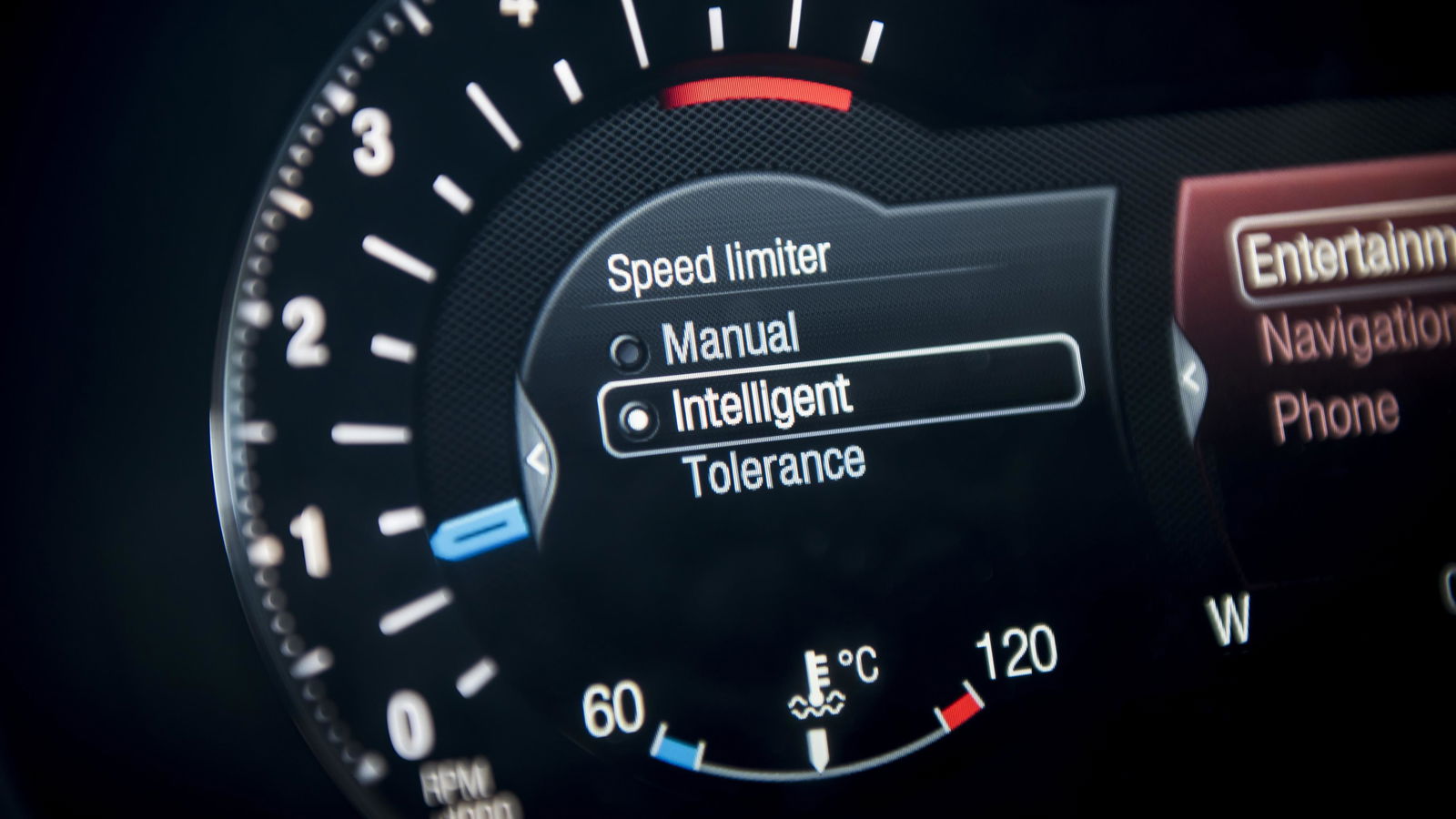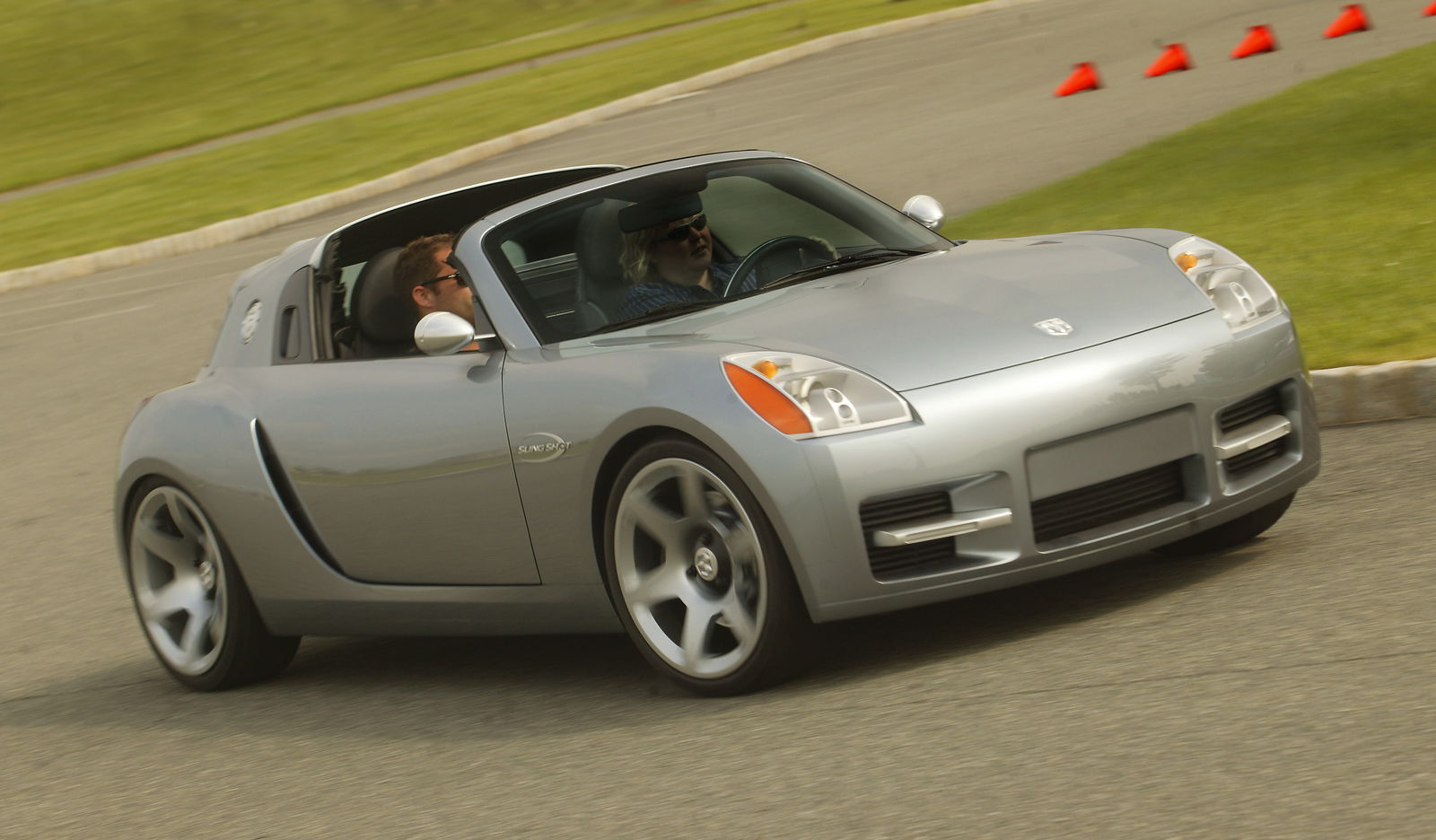Compulsory Safety Tech Is Fine, Except When It Doesn’t Work

Driven any modern cars lately? You’ll have noticed that the latest ones have a whole suite of advanced safety systems included in them, many of which are now mandated by law.
Generally, this is fine – I don’t have a problem with mandatory safety systems in principle. While you, as a dedicated Car Throttle reader, are undoubtedly a talented driver who could have been in Formula 1 had things gone your way, the vast majority of motorists… aren’t. Frankly, many can’t be trusted to do the right thing on the roads, and a modicum of technology to stop them crashing into things or other people is fine by me. Mild annoyance at nannying systems is a cross I’m willing to bear for the greater good, especially if they’re easy to turn off.

But the systems need to be reliable. And some of the latest additions are not.
Example one: intelligent speed assistance (ISA). This is a system that uses a sign-recognition camera in the front of the car and/or GPS data to display the current speed limit on the car’s dashboard.
The reason this system is mandatory is because speeding is a major problem globally, and many deaths are attributed to drivers simply going too fast. With research suggesting that ISA systems slow drivers down, it makes sense that lawmakers want to see them used more often. Hence, a law.

However, based admittedly on this writer’s own experiences rather than any scientific studies, they can be less than reliable. In my job, I’m fortunate to drive quite a few brand-new cars, and most in the last year or so have thrown up false readings on their ISAs. Sometimes they see signs not meant for the road I’m driving on – on side roads, for example – and sometimes they completely miss signs indicating a change of speed. Previously, that was just a mild annoyance, but today the systems are required to give you audio notifications if you’re exceeding the perceived limit, which means repeated BONG BONG BONGS while I yell at the system that it’s talking nonsense.
Example two, and one that worries me more, is the emergency lane-keeping system, or ELKS. This combines a lane-departure warning system with “corrective directional control functions. In other words, it knows when you’re wandering out of your lane and nudges you back into it. Fine, in principle.

But on UK roads patched to high heaven after numerous repairs, several of the systems I’ve tried can’t seem to tell the difference between a white road marking and a tarmac scar from a replaced pipe. Either the system will electronically howl at me that I’m out of my lane, or it’ll actively try to drag me towards what it wrongly thinks is the path I should be on. It’s like a passenger has reached over and tugged the steering wheel – not hard enough that I can’t resist its idiotic attempts, but anything that inaccurately interferes with my control of a vehicle can do one. For right or wrong, I should be in charge of this vehicle.
In the grand scheme of road safety, these quibbles are inconveniences more than anything else. But they do nothing to address widely held concerns that modern systems are overly nannying. Lots of drivers on our roads do, in fact, need nannying, but the nannies need to be up to snuff. They need to be Mary Poppins. Right now, they’re trying to feed me a spoonful of salt and bitterness instead of sugar, and it’s not helping the medicine go down.



Comments